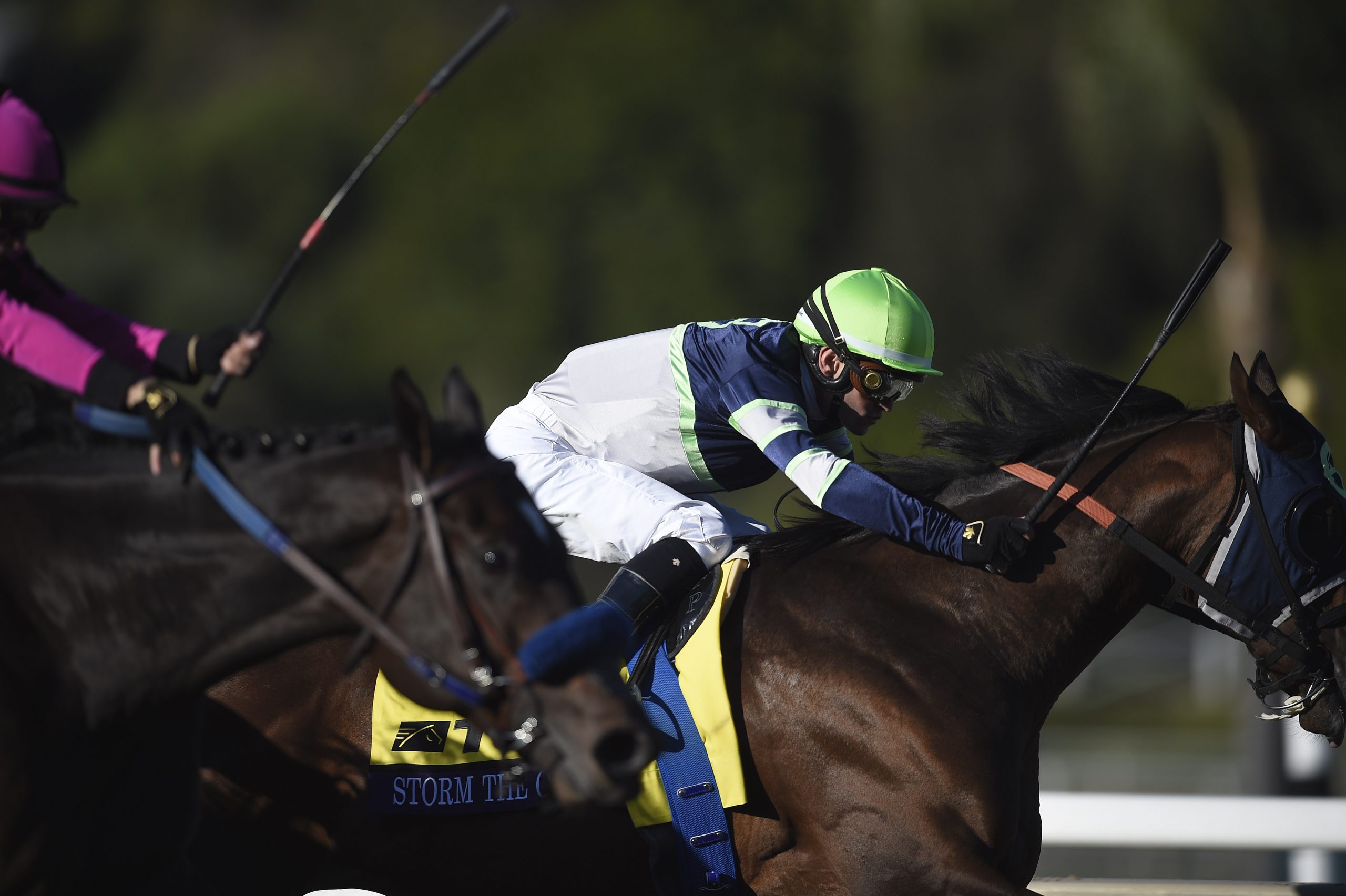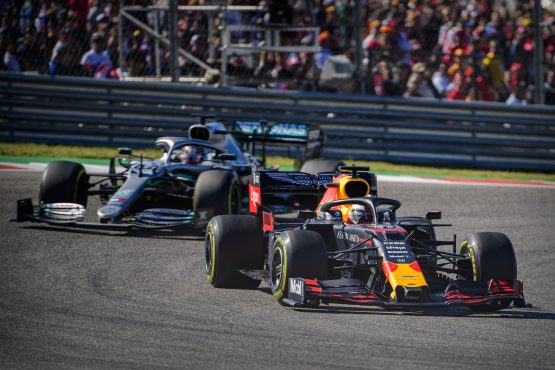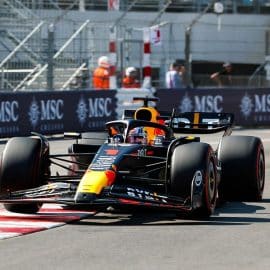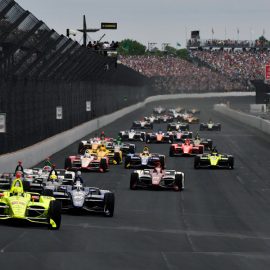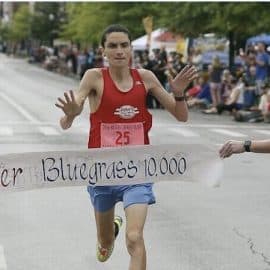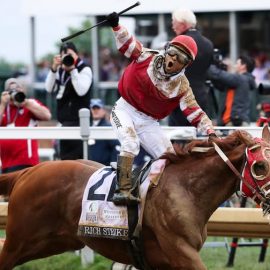Horse racing is a popular sport in America. It has been a US tradition since the mid-1600’s. And began with the races at the Newmarket course in what is now Long Island, New York.
At least 32 of the country’s states hold live horse racing events, with some of the most well-known being The Kentucky Derby, the Belmont Stakes and The Preakness Stakes in Baltimore. These three events make up a popular series known as the Triple Crown, and to be crowned with the Triple Crown champion title a horse must win all three races. This is an achievement that has only been accomplished by 12 horses so far.
There are many different types of horse racing, with different countries having their own variations and favourite race types.
In the US, flat racing is the fan favourite. Most racing tracks in America have been designed for this type of race, although there is still a small yet growing interest in jump racing developing.

American’s also enjoy endurance racing, which can vary in length from anywhere between 10 miles and one hundred miles and is run on natural terrain. Arabian horses are often used for these endurance races because of their high amounts of stamina and Type 1 fibres that allow them to run long distance and quick speeds.
Like the US, many European countries, including France, Germany, Italy, Spain and the Czech Republic hold flat racing as a firm favourite.
Over in France there is a strong horse breeding and racing industry. However, in-person attendance at live events is sometimes low, with many punters preferring to put on bets with the bookies or online. France also holds a number of less publicised jump races, including ones at Auteuil and Craon.
Another host of jump racing is Japan, which holds the Nakayama Grand Jump Race every April. However, the jump race is still less popular in the country and receives around 10% less in betting turnover when compared to flat horse races.
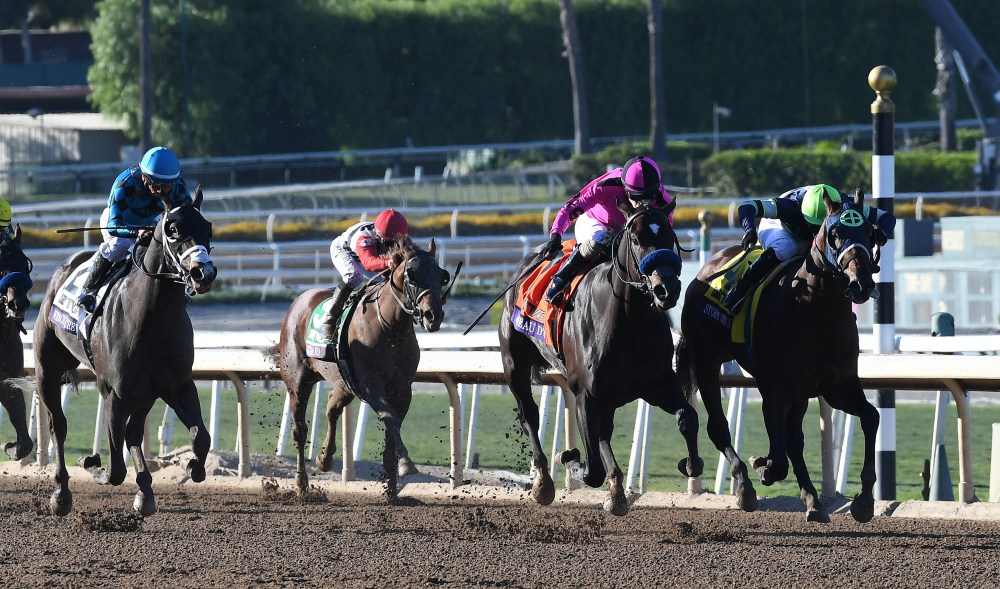
In contrast, jump racing is a thriving equestrian sport in Britain. Jump racing, often called in the UK as National Hunt racing, often takes place during the wetter months of the year as the rainy weather provides softer terrain for jumping horses. It is the perfect sport for the country’s climate.
These races became popular back in the 18th century and were known as steeplechases due to the first race in Ireland beginning and ending at church steeples in Buttevant and Doneraile in County Cork. In these early races, competitors would race through fields and farmland and jump over hedges and brooks. Even before modern racecourses were developed, locals would turn up in their droves to cheer the jockeys on.
Jump races are long in comparison to flat races, which are designed to be faster and shorter sprints. The horses that are used for flat races are quick runners and have larger forequarters, with their performance generally peaking between the ages of three and five.
Whereas jumps are sometimes over a mile longer and are designed for horses that are great with endurance and stamina. These horses are hardy and peak between the ages of seven and ten. They are generally cheaper horses to buy and breed and do not generally retire as early as flat race runners.
While most British racecourses can accommodate both jump and flat races, popular flat courses include Newmarket, Ascot and Epsom, and famous jump courses include Newbury, Aintree and Sandown.
Cheltenham Festival is claimed to be one of the reasons that jump racing is becoming such a popular sport in Britain. It hosts some of the nation’s best competitors and competitions each year.
The event takes place over four days, each of which include different race types and levels. The second day is Ladies Day and hosts the famous Queen Mother Steeple Chase, while Day four is known for the iconic Gold Cup Steeple Chase and attracts over 70,000 attendees.
The Cheltenham racecourse is much larger than other jump courses, like Sandown, and its rigid fences, undulated track and uphill incline add to the difficulty of the course and the atmosphere of drama and excitement.
Jump racing is a popular sport in Britain and plays an important part in a number of yearly celebrations and cultural events. Its events bring together horse race enthusiasts, keen gamblers and those just looking for a fun day out.
Add The Sports Daily to your Google News Feed!
